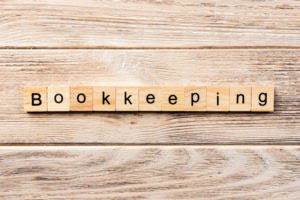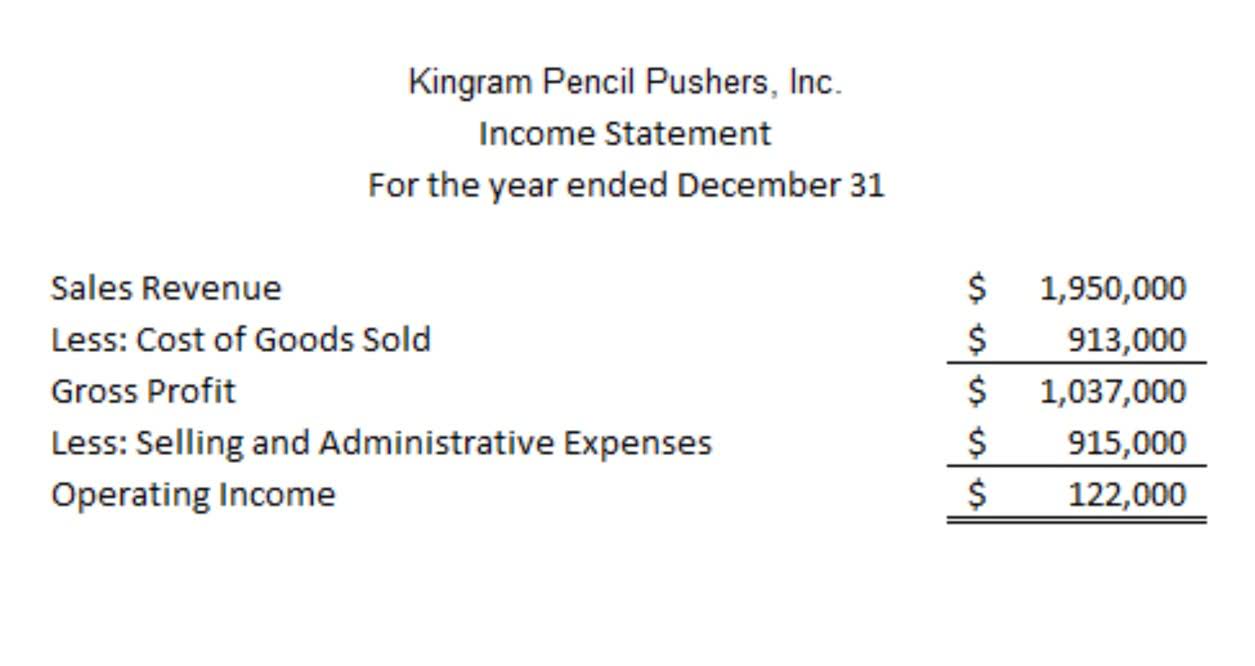
For other types of businesses, the cash shortage usually happens when dealing with petty cash. For example, the petty cash custodian may sometimes find themselves having less cash on hand as a result of the total cash plus receipts does not add up to the total amount of the established petty cash fund. Additionally, this account is usually included in the other expenses or other revenues when we prepare the income statement at the end of the accounting period. The term cash over and short refers to an expense account that is used to report overages and shortages to an imprest account such as petty cash. The cash over and short account is used to record the difference between the expected cash balance and the actual cash balance in the imprest account.

Replenishing Petty Cash
In most cases, customers will most likely to dispute a shortage of change. Therefore, the cash over and short is usually at debit balance which represents an expense. This expense is treated as a miscellaneous expense and presented in the income statement as a general and administrative expense section. However, if the balance is at credit, it is treated as miscellaneous revenue instead. Tracking Cash Over and Short is an important piece of protecting a company’s most valuable asset, Cash, from theft and misuse.
- This difference is treated as income or expense and presented in the income statement.
- One way to control cash is for an organization to require that all payments be made by check.
- As mentioned above, the sales staff or cashier can give too much or too little change to the customer.
- The account Cash Short and Over provides a way to monitor employees’ cash handling proficiency.
- In this journal entry, the credit of the cash account is to refill the petty cash fund to its full established petty fund.
- For cash overage in petty cash, we can make the journal entry with the debit of the expense accounts and the credit of the cash over and short account and the cash account when we replenish the petty cash.
Create a Free Account and Ask Any Financial Question
The custodian of the petty cash fund is in charge of approving and making all disbursements from the fund. To create a petty cash fund, a check is written to cash for a set amount such as $75 or $100. As you think back on this system, note that there are several internal controls in place, most notably segregation of duties, assignment of responsibility, and a reconciliation (monitoring) process.
Journal entry for cash shortage
After the check is cashed, the petty cash custodian normally places the money in a small box that can be locked. We will not use the petty cash in a journal entry again unless we are changing this original amount. Usually one individual, called the petty cash custodian or cashier, is responsible for the control of the petty cash fund and documenting the disbursements made from the fund. By assigning the responsibility for the fund to one individual, the company has internal control over the cash in the fund. The entry to record the reimbursement would debit the expense accounts reported by the custodian.
Income Statement
It is used in businesses that use cash in day-to-day operations, for example, retail stores and restaurants. Cash Over and Short reconciles what is in the cash drawer vs. what the cash register record says should be in the cash drawer. Now cash is debited for $99, cash over and short is debited for $1, and the sales account is credited for $100. Let’s assume Tom rang up a $100 pair of running shoes for $100, but he miscounted the cash received for the shoes. The journal entry to record this sale would debit cash for $101, credit sales for $100, and credit cash over short for one-dollar. A firm should note instances of cash variances in a single, easily accessible account.
Petty Cash Journal Entries

This is due to the cash remaining and the receipts in the petty cash box may not equal the amount of petty cash fund established. Note that the entry to record replenishing the fund does not credit the Petty Cash account. In this case, the cash needed to get back to $100 ($100 fund – $7.40 petty cash on hand) of $92.60 equals the total of the petty cash vouchers. For cash overage in petty cash, we can make the journal entry with the debit of the expense accounts and the credit of the cash over and short account and the cash account when we replenish the petty cash. For another example, on January 31, we need to reconcile the petty cash expenses and replenish the petty cash to its full established petty cash fund.

You must adjust your books by recording a cash-short journal entry to balance out these discrepancies. Throughout the month, several payments are made from the petty cash account of the Galaxy’s Best Yogurt. For example, the Galaxy’s Best Yogurt maintains a petty cash box with a stated balance of $75 at all times. The final piece in the puzzle of managing cash over and short the cash over and short account is the investment in comprehensive training programs for employees. Effective training equips staff with the knowledge and skills necessary to execute cash transactions accurately and to respond appropriately when discrepancies occur. It should cover the proper use of cash registers, the importance of double-checking transactions, and the procedures for reporting anomalies.
This is probably due to there have been many transactions for our retail business as it is near holiday resulting in errors in our calculation. As this petty cash fund is established, the account titled “Petty Cash” is created; this is an asset on the balance sheet of many small businesses. In this case, the cash account, which includes checking accounts, is decreased, while the funds are moved to the petty cash account. One asset is increasing, while another asset is decreasing by the same account.
As the receipts are reviewed, the box must be replenished for what was spent during the month. The journal entry to replenish the petty cash account will be as follows. When there is a shortage of cash, we record the shortage as a “debit” and this has the same effect as an expense. If we have an overage of cash, we record the overage as a credit, and this has the same impact as if we are recording revenue.
Once a discrepancy is detected, the next step is to reconcile the difference. This task typically falls to accounting personnel who must scrutinize transaction records, including sales receipts, refund documentation, and deposit records. They may also review surveillance footage or electronic transaction logs if available. The goal is to trace the origin of the discrepancy, whether it’s a simple cashier error or a more complex issue like misrecorded sales. In this case one balance sheet asset (cash), has been increased by 1,414 when the cash is banked.